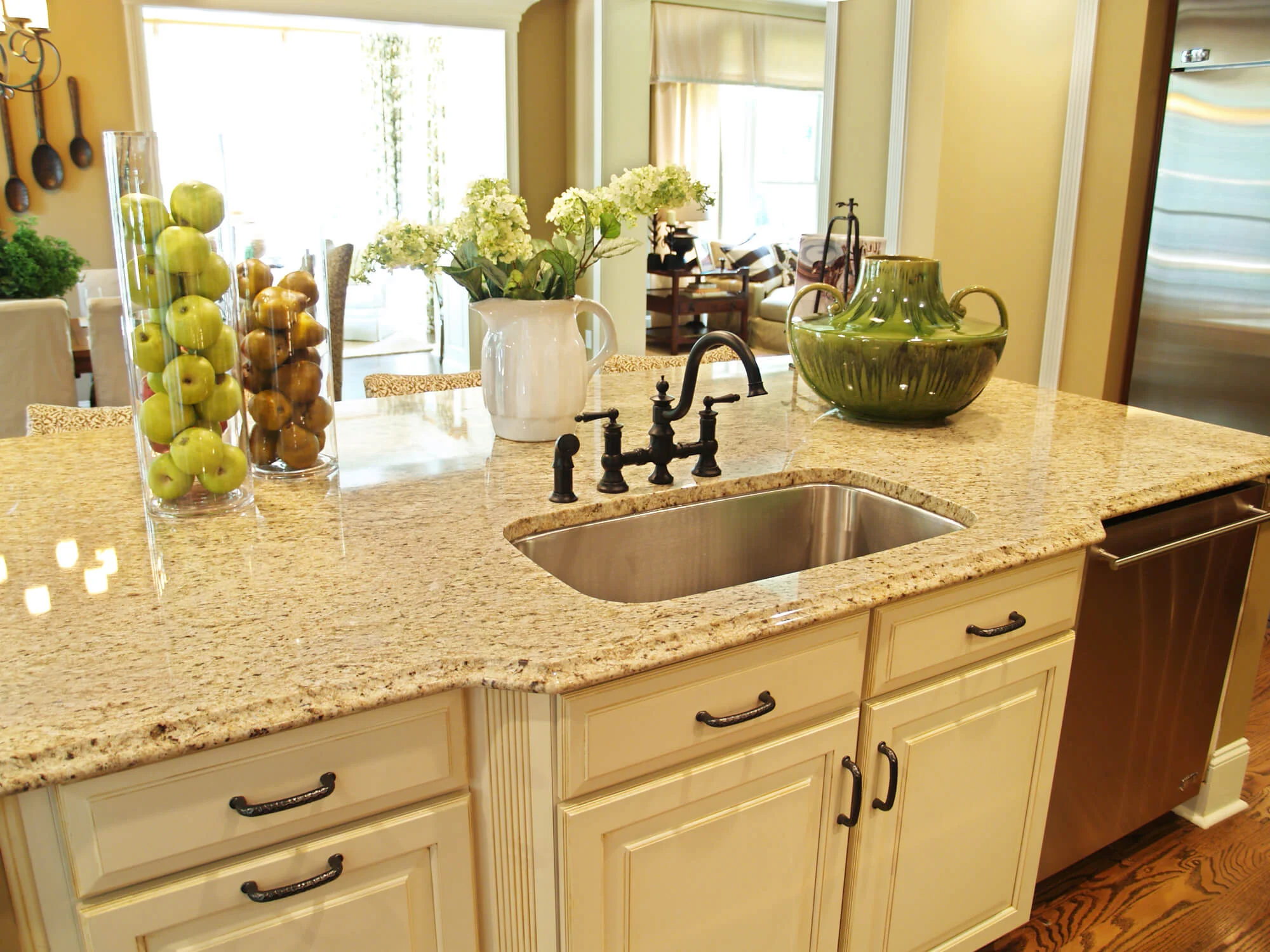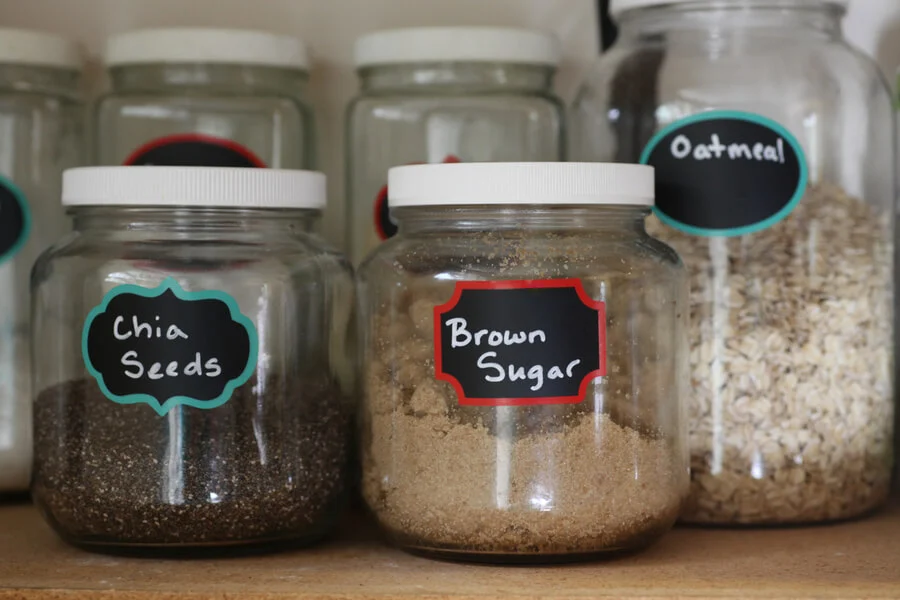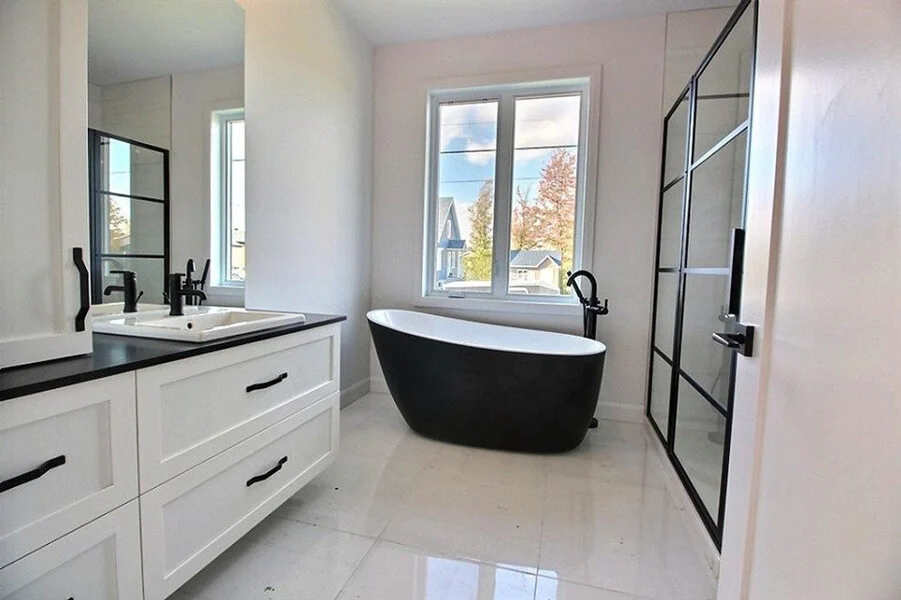Kitchen islands are one of our clients’ most requested features and for good reason. Islands serve multiple purposes as preparation areas, desks, dining tables, serving spaces and more. When our clients request an island, our starting point is to determine if their space is sufficient. Then we identify the best dimensions and orientation. Factors that we consider when planning an island include users and their age, desired uses, seating needs, room shape and dimensions, traffic flow and window locations.
Most kitchens are rectangular. Typically, in rectangular kitchens, we are likely to specify a rectangular-shaped island. If your kitchen is not rectangular, there are an endless array of island shapes and sizes that are viable. L-shaped kitchens may be best served with an L-shaped island. We’ve designed round, oval and curved islands. In larger kitchens, we’ve made clients extremely happy by showing them the advantages of two islands facing each other and outfitting one with a cooktop and the other with a sink. A two-island configuration optimizes the prep zone and enables everyone in a kitchen to maneuver freely.
Size Considerations
The size of an island depends on the available space, intended usage and functionality. If you are like a majority of clients in Rhode Island and Massachusetts that want to house a sink and cooktop in the island, you will most likely need a space that is eight to 10 feet long and three to four feet wide. A smaller space would not provide sufficient space for meal preparation. In those situations, we would look to relocate either the cooktop, sink or both.
Countertop material and appearance is another consideration when specifying the size of an island. Most standard solid stone slabs are 4.5 feet wide by 10 feet long. If your island is larger, you will most likely need two pieces of stone, and that will create a visible seam in your island. To some clients, a visible seam on the island does not matter, others will object, and there is a group that looks at a seam as an opportunity to make a unique and personal design statement. A seam provides opportunities to mix and match different materials, and that could include pairing stone, quartz, wood, glass and/or marble.
Location, Location, Location
Location of appliances, sinks and seating are additional considerations when planning your dream island. Placing a cooktop in an island is popular because it enables homeowners to have face-to-face interactions with guests and family while cooking meals. The location of sinks and appliances whether they are microwave, heating drawer, wine fridge, sink, oven cooktop, refrigerated drawer, needs to be made in the planning phase to plan for electrical, plumbing and ventilation before construction begins.
The decision to place a cooktop in an island involves specifying ventilation. Some islands can’t accommodate a drop-down range hood, but that is not a game changer. In those cases, we will determine if a flush-mounted ceiling exhaust fan will work and design an overhang a few inches from the ceiling that can house the fan and electrical connections. A second option is to have an exhaust fan embedded in the island that pops up at the press of a button.
The decision to place a sink in an island is both functional and aesthetic. The kitchen faucet and sink are the two most used appliances in the home. They are daily repositories for dirty pots, pans, dishes, silverware, glasses and cooking utensils. If you are a clean-as-you-go cook, an island sink may be a good option for you, but if you’re not, you may not like dirty things, soap and towels impairing the look of your island.
What island size, shape, look and functionality would work best in your dream kitchen? If you want to turn your dream into a reality, give us a call at (401)257-6610, visit our showroom at 2949 Hartford Avenue Johnston RI or Contact us here.








